Google I/O 22 Ahead
This year's Google I/O will officially kick off on May 11 (May 12 at 1 a.m. GMT), and the focus of what many are looking forward to this year is refocused on whether there will be new hardware product announcements compared to 2021 Google I/O.
It's been a tradition for Android Weekly Update to write something about the Google I/O preview each year, and this year is no different. Before we officially get started, let's take a look at what's likely to be new hardware, as well as software updates including Android 13.
Pixel Watch
The Pixel Watch is the Google hardware product that we've seen the most photos of in real life so far, and information about it goes back as far as last year to a series of revelations about the Pixe Watch's design, dial, and more, all of which ultimately point to the fact that the Pixel Watch will be released soon.
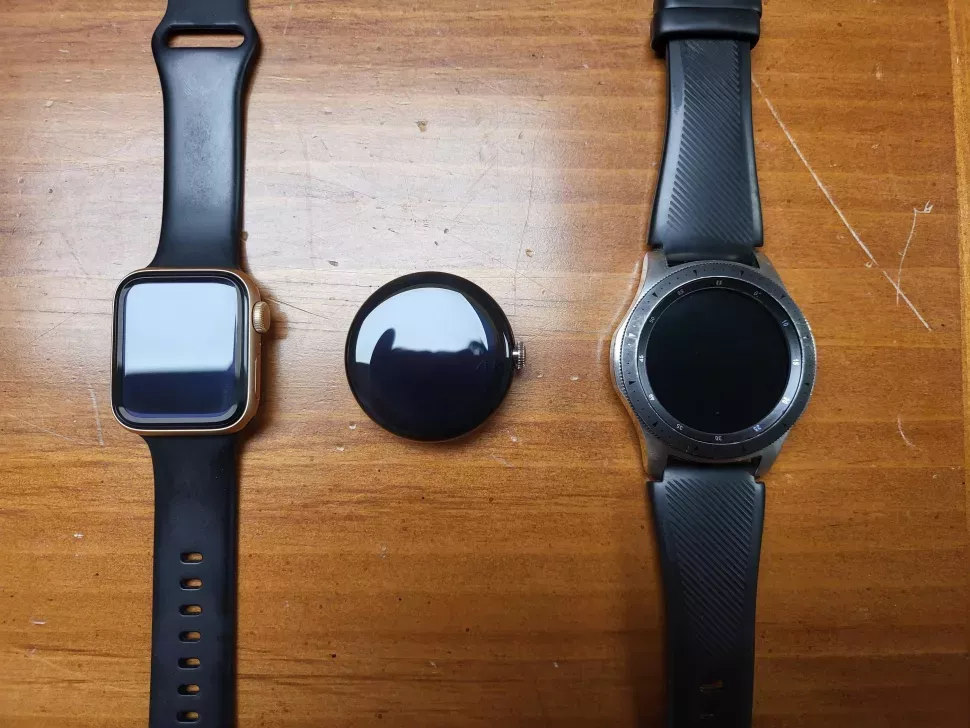
In April of this year, Android Central even got its hands on what is purported to be a prototype Pixel Watch device (the original The source note about the device was "left in a restaurant"), showing us information about the watch's minimalist design and crown details, among other things.

While this prototype can boot up and display a G Logo interface, there is no way to get to the interface running the full Wear OS system . If it does launch during Google I/O, it will be the second smartwatch to ship with Wear OS 3.0 pre-installed after the Galaxy Watch 4 series - but of course, as Google's first first-party smartwatch, the most interesting part will be the software. In other words, how much interesting 'private stuff' the Pixel Watch can carry.
 Nest Hub
Nest Hub
As for the new Nest Hub, a lot of the available evidence points to one (perhaps) important feature: it'll be a smart display with the Android 12L operating system.
The analysis article on Android 13 by Mishaal Rahman has The code related to Hub Mode and the integration of the screensaver setting options have been explicitly mentioned. With Android, the new Nest Hub is expected to change significantly from the existing Nest Hub in terms of design and functionality - for example, the detachable screen design. With this design, the Nest Hub is largely removed from the traditional smart display and becomes more of an authentic Android tablet, only with an exclusive charging dock and a corresponding Hub display mode.
If you don't have enough idea about this form factor, Samsung actually showed a similar device at CES 2022 this year. It's also in the form of an Android-powered tablet + charging dock. In terms of compatibility with smart protocols, software expandability compared to previous smart displays are greatly improved.
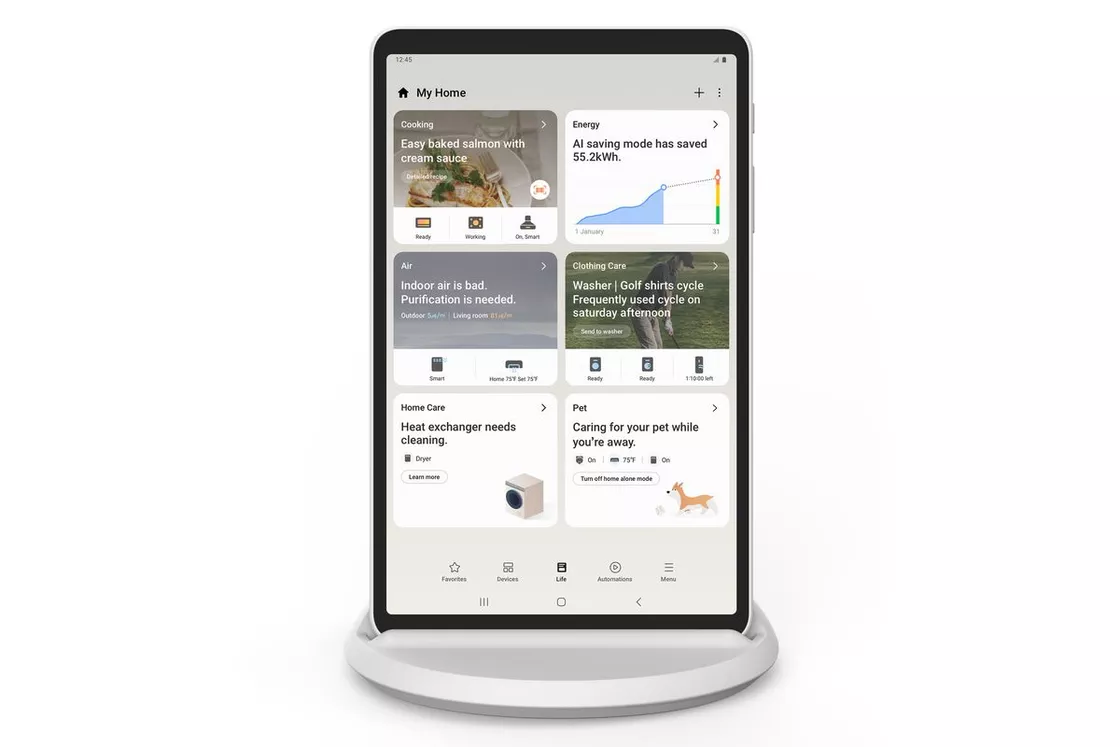
But if the Nest Hub new product is equipped with Android 12L, the first two generations of Nest now OTA updated to Fuchsia But if the new Nest Hub comes with Android 12L and the previous two generations of Nest now OTAs are updated to Fuchsia, although there is no change in functionality compared to the previous Cast OS, but as part of Google's long term strategy, replacing the current Fuchsia only platform system with Android would largely mean that the Fuchsia project is also a failure?
A separate Android 12L-powered version of the Nest Hub for the larger screen is also a possible option, considering that there's already a larger screen Nest Hub Max product line, but of course these questions will ultimately have to wait for Google I/O to reveal the answer.
Pixel 6a
Evidence and revelations are still relatively sparse, but the original Pixel 3a in the Pixel a series was announced during the Google I/O keynote. So it's still possible that Google will announce the phone at this year's I/O conference.
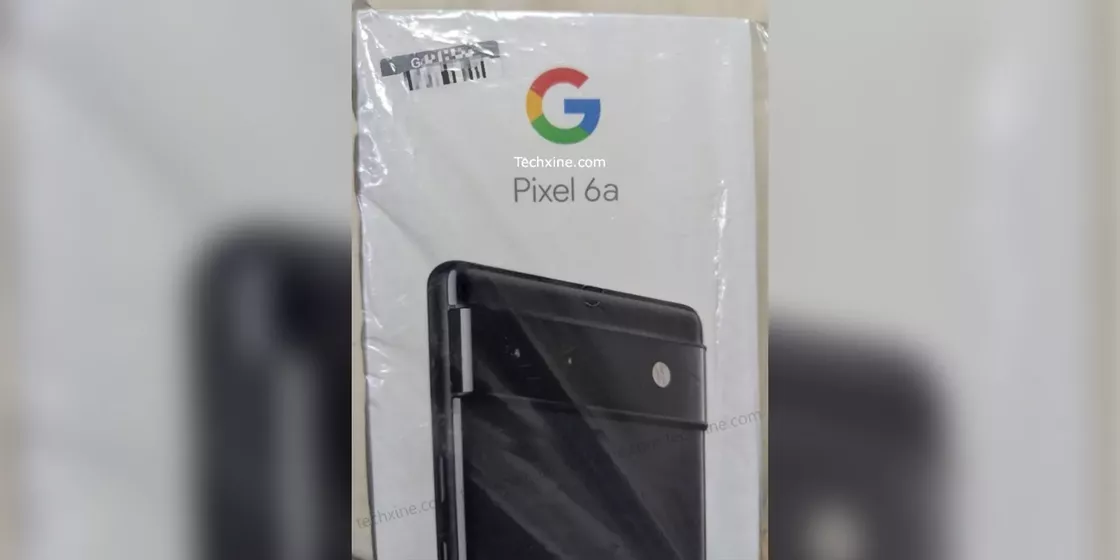
Pixel Buds Pro
This is said to be a TWS headset to rival the AirPods Pro, but unfortunately we know very little about this headset as well, and no renders or packaging photos of the hardware device have even appeared, so it's not very likely that it will appear during Google I/O.
Android 13
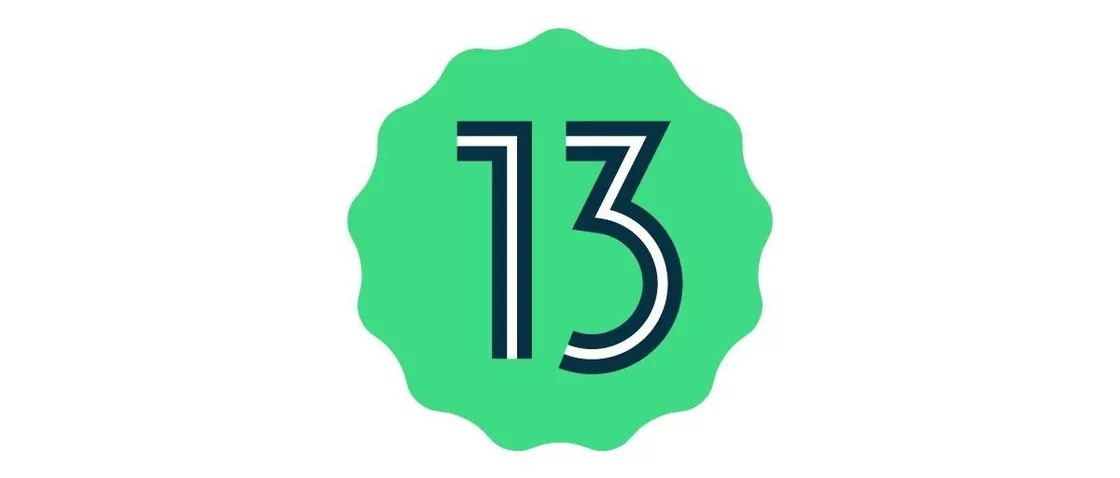
The software part, Android 13 has already released three beta updates in the past, and the Google I/O keynote will largely The Google I/O keynote will largely be a summary and look at the overall Android 13 build goals. So instead of going into detail, here's a brief overview of the key features that are already present in the existing Android 13.
- Material You color picking is further improved while reducing the cost of adaptation for third-party app developers
- Privacy/system permissions-related features have been further integrated, both in the separate privacy pane that appears in Settings and the card in the notification bar that globally disables microphone, camera, and location permissions for the system
- Native QR Code Scanner Support
- Application language independent setting
- Key feature integration in Android 12L
In general, after a year in which Android 12 was geared towards system themes, privacy/security, and partnerships with OEMs, Android 13 needs to further address the details of polishing the system so that many of the new features highlighted in Android 12 are at least not entirely within the Google ecosystem. These also rely more on Google's cooperation with other phone manufacturers at the system update level.

In addition to the above, which has been repeated many times, a part of Android 13 that has received less attention in both Chinese and English media in past updates is the optimization of the font display. One of the less talked about parts of the system is the optimization of the font display, such as the bunsetsu or phrase display for Japanese, which is already present in Android 13 DP3, for a more natural reading experience.
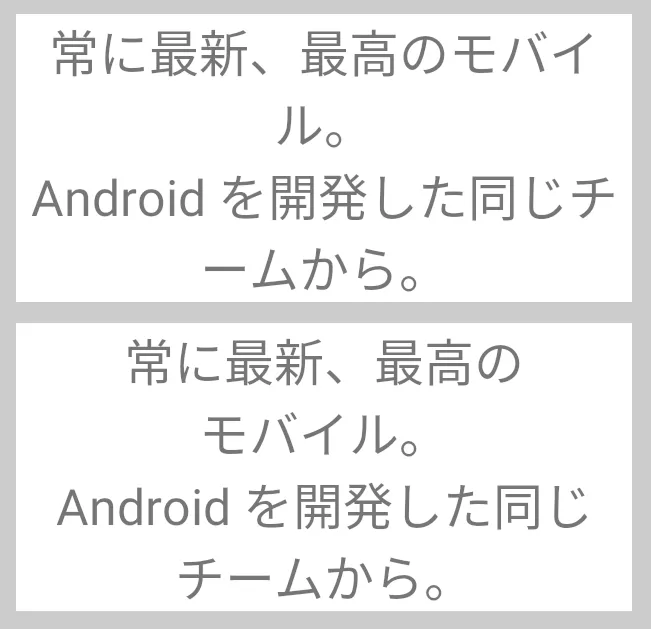
Google also recently released Roboto Flex, a twelve-level adjustable word weight material.io/blog/roboto-flex) Find the corresponding session in the Google I/O keynote schedule.

Earlier, the official Material Design Twitter feed also launched a poll on new features to look forward to during I/O, and variable font weight was among the options. The variable weight font was also among the options.
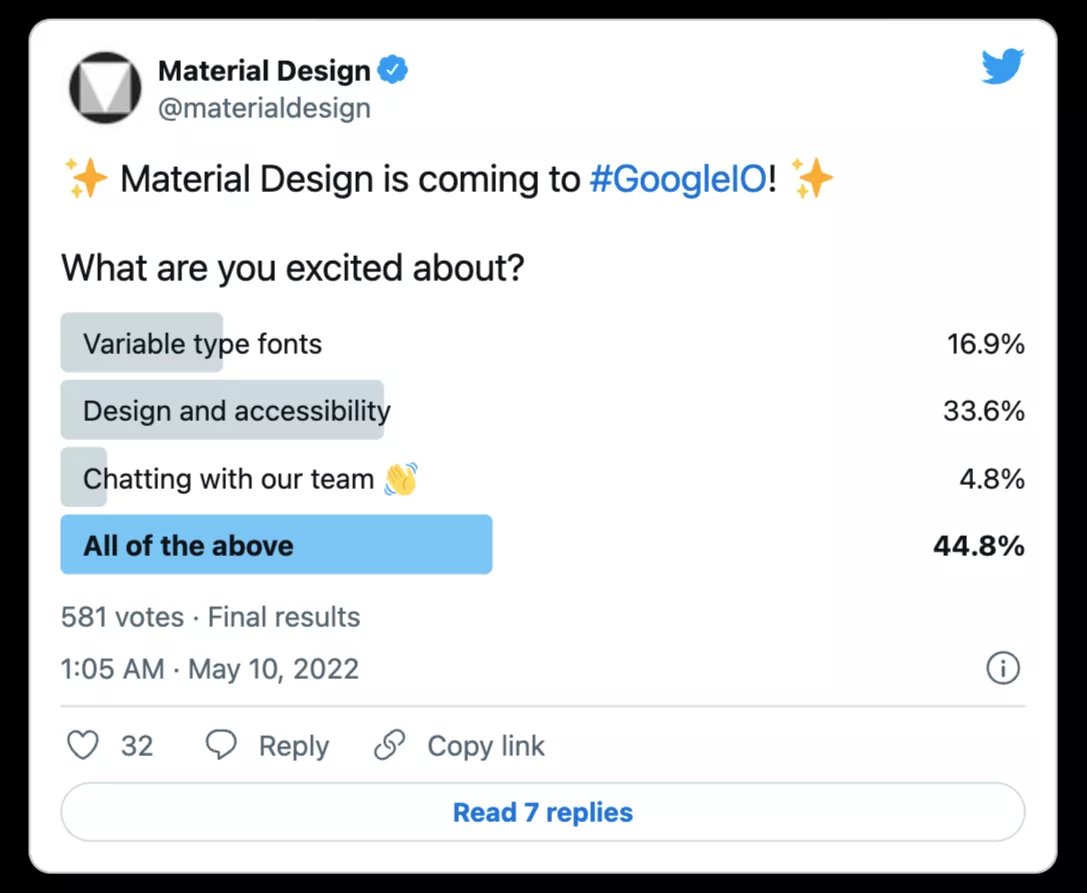
Pan Android Eco
Compared to previous Google I/Os, the addition of a pan-Android smart ecosystem has been equally well known, but equally highly anticipated.
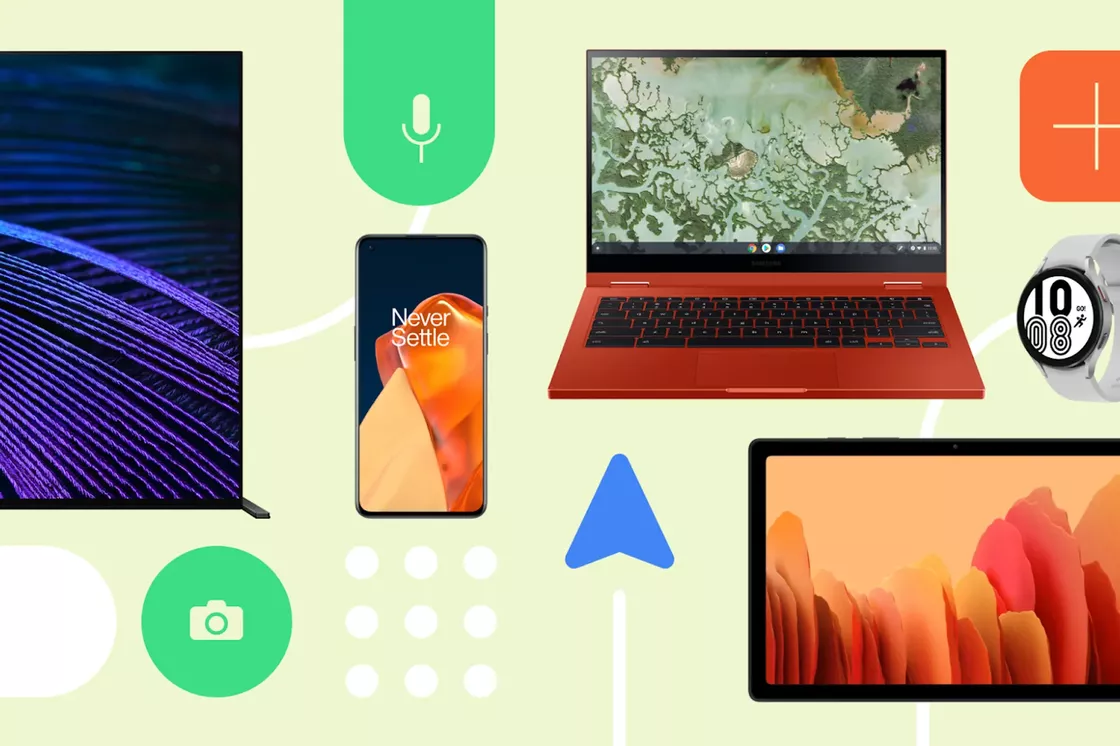
Android had a poll on Twitter about the new features that would be released during Google I/O, and 36% of the votes went to "Cross-Device Updates". 36% of the votes went to "Cross-Device Updates".
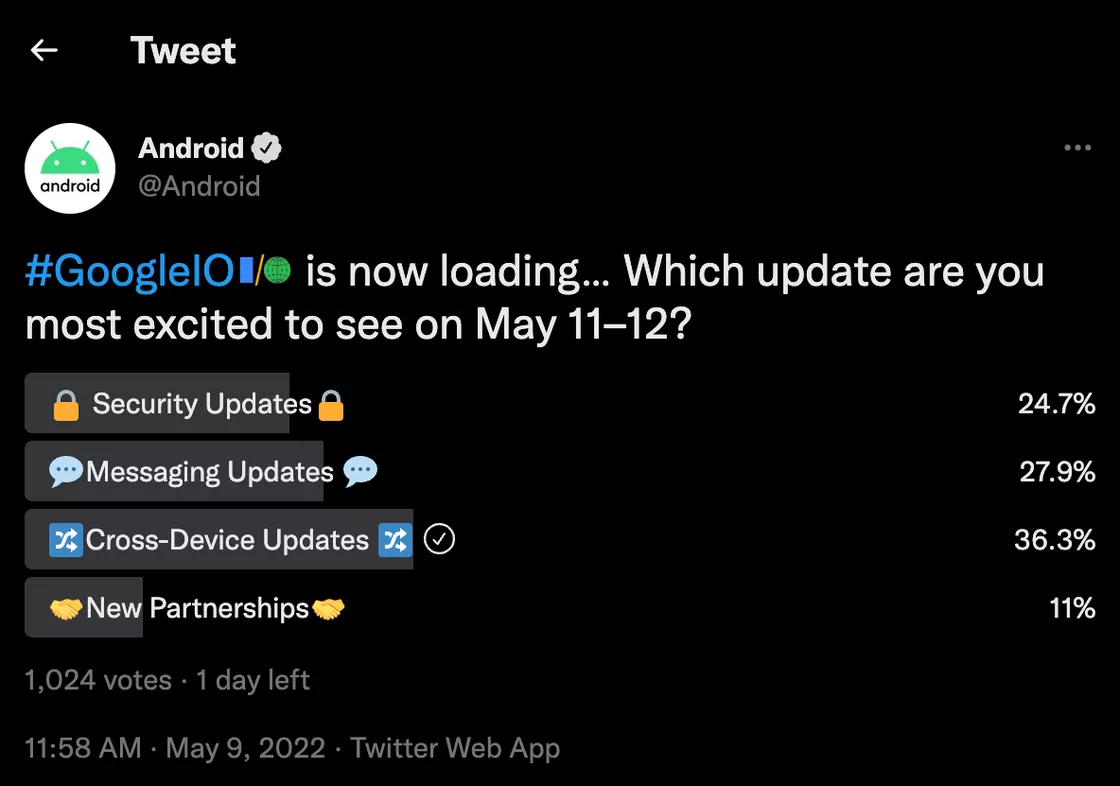
We've already got a good track record with this part: there's been a lot of content announced on the Google line during CES 2022 related to this The biggest update to the Android ecosystem ever in terms of device collaboration, including Chrome OS/Windows, headphones, Google TV, Android tablets, and smart home devices that support the Matter protocol, to name a few.
Here is also a brief recap of what Google has announced during CES 2022.
- Wear OS 3 will include in-wrist sensing unlock: when the watch itself is unlocked and on the wrist, the phone connected to it can also be unlocked directly.
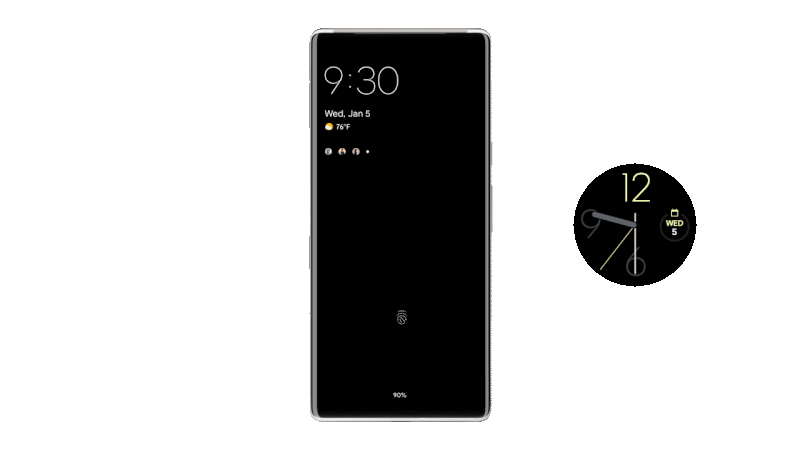
- Fast Pair will also be available on Android TV platforms, including Google TV, and headphones and speakers that support this technology will be able to pair with the TV faster. The technology will also allow for faster pairing of headphones and speakers with the TV, although Google has not announced any technology to reduce latency or synchronize the audio screen.
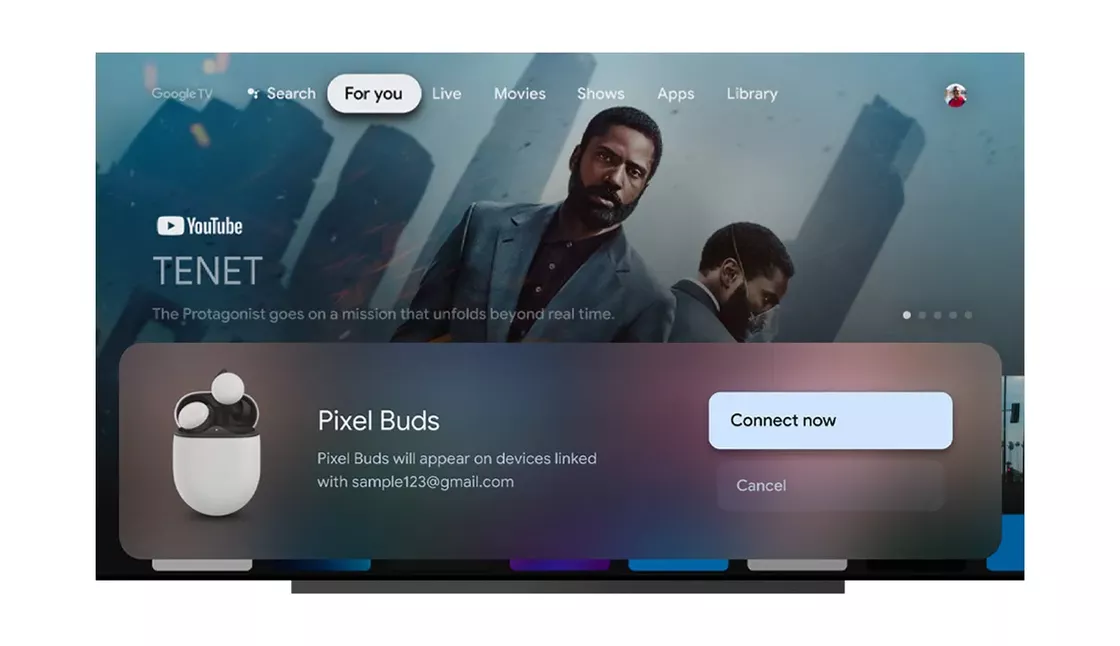
- The Fast Pair feature will also support detection of smart homes that support the Matter protocol, while smart homes that support this protocol devices can also scan the QR code to connect directly to a compatible pairing app.

- Collaboration between the desktop systems Chrome OS and Android has also been enhanced, with the ability to pair with an Android phone in 2022 in addition to Android phones to speed up the Chrome OS setup process, Android phones can also use Fast Pair to quickly find Chrome OS devices that are being configured nearby and then automatically sync Wi-Fi, Google account, and other information to the new Chrome OS device.
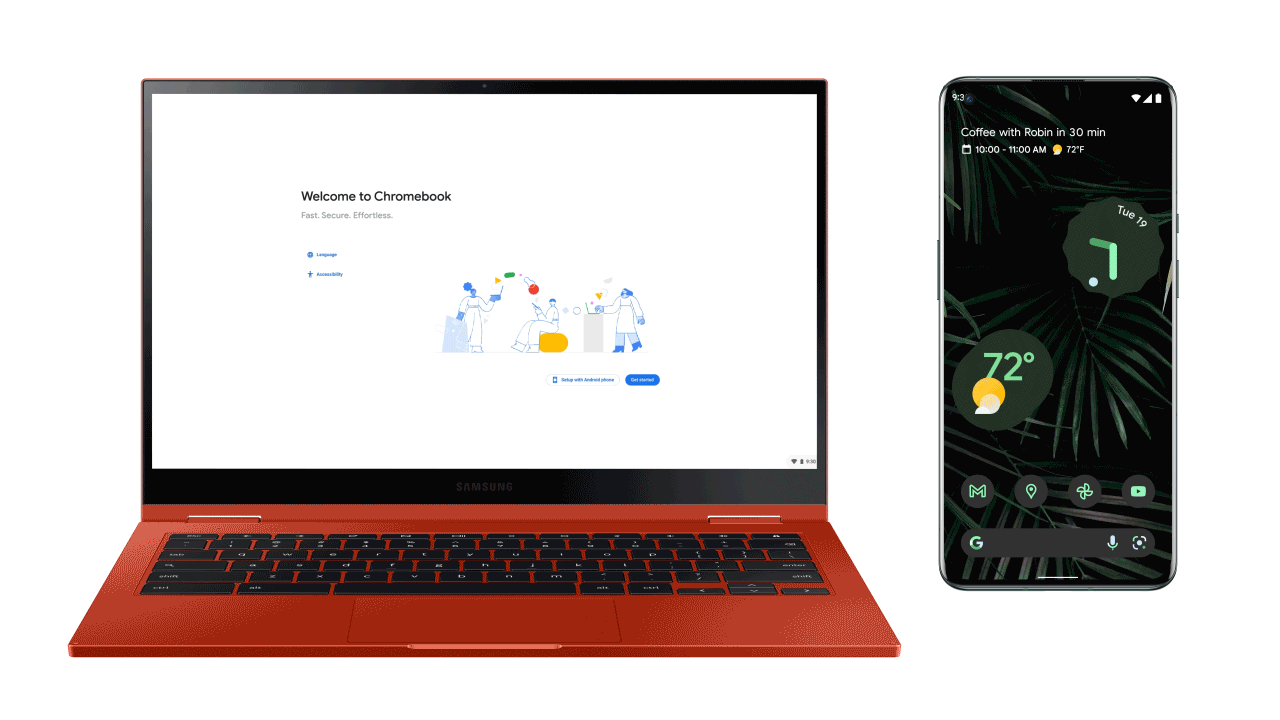
- Chrome OS messaging sync with Android will also get an update: SMS/RCS text messages on your phone can continue directly in Chrome OS can quickly pick up and continue typing, and this technology is based on web-side integration, eliminating the need to install an app.

- Conversations in progress on Android will also be displayed as icons in the bottom Dock bar of Chrome OS (similar to the current macOS 'pickup' effect). similar to the current macOS "pickup" effect).
- Nearby Share and Fast Pair are expected to arrive on the Windows PC platform "within 2022"; allowing Bluetooth device information to be shared with Android phones and files to be transferred quickly to and from Android phones. Headset peripherals that are compatible with the Fast Pair standard will also be able to connect to Windows PCs more easily, and text syncing is expected to be added.

Concluding remarks
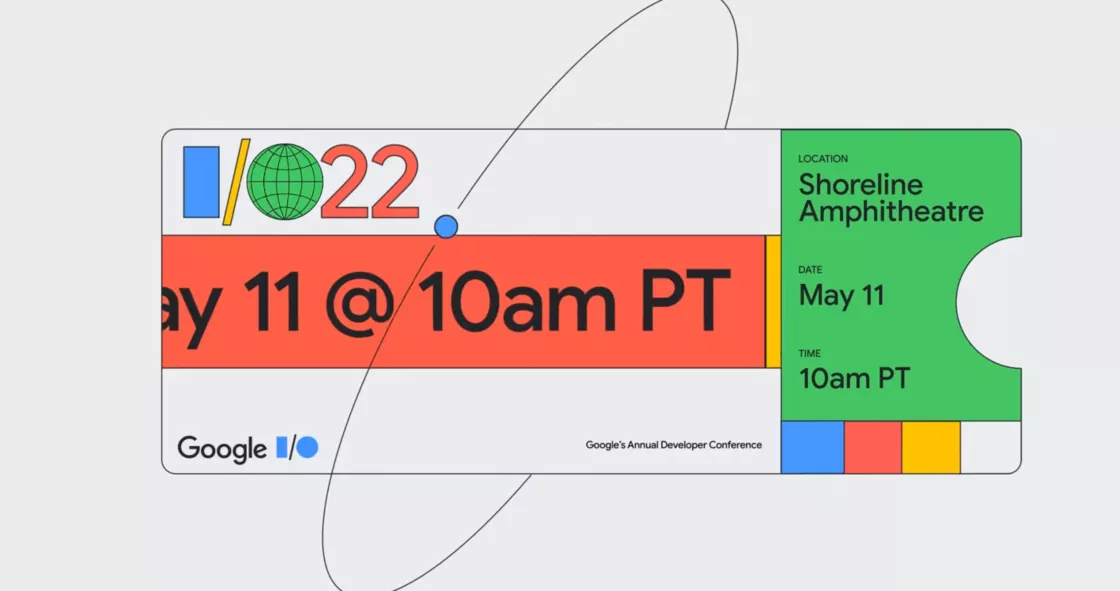
By the time you read this, it will be less than 24 hours before the I/O 22 keynote kicks off; most of what appears in the text will eventually be officially revealed on the first day of of the keynote will finally be officially revealed.
Related links 🔗